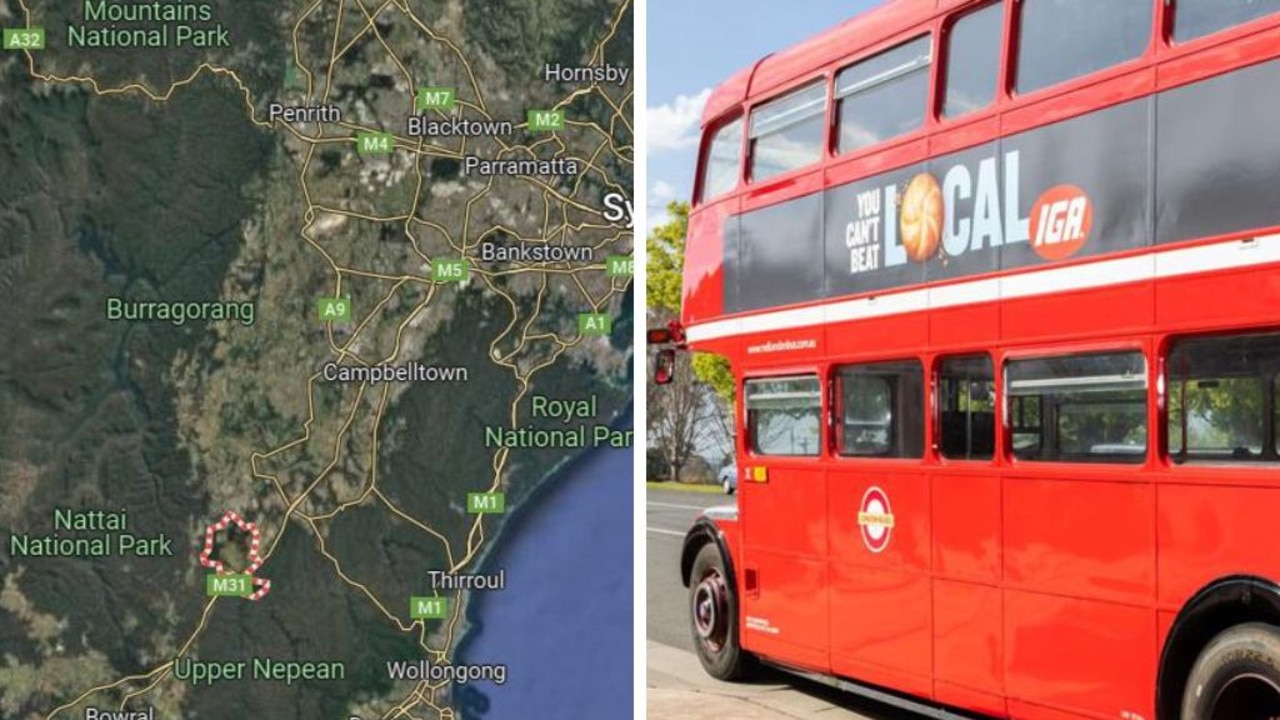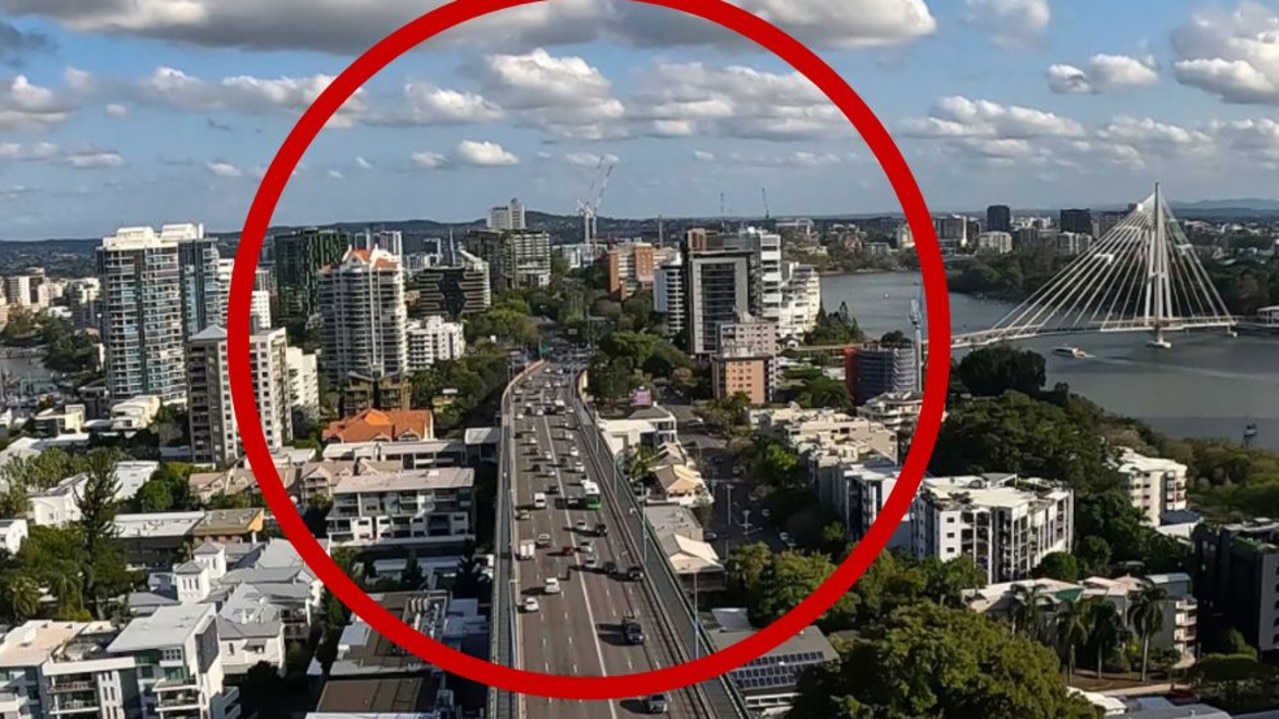Written in the sand
THE fantasy landscapes of Fraser Island have stories as old as time, but John Rowell believes one woman's experience is the curious of all.

KINGFISHER Bay Resort on Fraser Island is well integrated with the landscape, almost invisible as we approach from Urangan.
The eco-tourism resort has won a sheaf of awards for its delicate stamp on the earth – no mean feat considering it attracts crowds of visitors each year to the World Heritage-listed island at the southern tip of the Great Barrier Reef.
More than 120km long, the world's biggest sand island offers almost endless pristine beaches flanked by coloured sand cliffs, while the interior takes you into an ancient terrain of freshwater lakes, rainforests and crystal-clear streams.
We relax around the resort, view a perfect sunset from the jetty, and encounter one of the island's notorious dingoes on the way back. Our room's deck overlooks a swamp complete with an evening chorus of frogs, and we agree that all this is as good as it gets.
On tour next day we pass through a landscape of eucalyptus with banksias, boronias and lemon-scented tea-trees, all growing on sand. It is surprisingly warm, and we are ready for the freshwater Lake McKenzie.
Set in a giant sand dune 100m above sea level, the lake is a magnet for visitors seeking to cool off in its vivid blue waters edged by dazzling white sand. Its picnic area is a gathering point for big goannas aware that where there are people, there is food.
As we move inland, the ancient high rainforest vegetation grows denser until we arrive at Central Station, a timber-felling centre begun in the late 1800s. There is little left of the logging operations or of the steam tramway later used to haul logs to the coast.
Majestic Fraser Island satinay, hoop and kauri pines fringed with staghorns strive for the light in a natural cathedral formation, and the crystal-clear water of Wanggoolba Creek ripples gently nearby, filtered so effectively through fine sand that it is pure.
After lunch at Eurong, we head north along the east coast's famous Seventy-Five Mile Beach, arriving at Eli Creek, a fast-flowing stream that carries visitors along and deposits them in the beach shallows.
A little farther north, like the carcass of some huge sea monster with its spine broken and rusty ribs exposed, the wreck of the Maheno looms. Washed ashore in 1935 while being towed to Japan for scrap, the once luxury liner suffered indignities as a target for bombing practice and as a commando explosion site in World War II.
Another wreck in another era brought Eliza Fraser to the island. In 1836, the Stirling Castle, captained by her husband James, ran aground on an uncharted reef off what was then Great Sandy Island.
The pregnant Eliza lost her baby, saw her husband speared to death but survived living as a native woman with the Aborigines. Reports from other survivors led to her rescue by a trusted convict, John Graham. She became something of a celebrity and in Sydney remarried – to another sea captain, Alexander Greene.
In London she concealed her marriage and after acquiring – and forfeiting – a huge amount of money in public subscriptions, was reduced to exhibiting herself in a booth for sixpence admission. She died in a Melbourne carriage accident in 1858 on her way to New Zealand.
In her time of strife, Eliza would not have cared about the island's great beauty, including the Pinnacles, which owe their vivid colour to iron oxides.
We go back along Seventy-Five Mile Beach, taking a track past one of the vast dunes driven by winds that reveal the skeletons of ancient forests while devouring living growths. The sandblows and the Pinnacles are a form of timeline, recording changes over 700,000 years.
This paradise for visitors was once a living hell for Eliza but as well as the island's name, she is remembered in Patrick White's A Fringe of Leaves, in works by artist Sidney Nolan – and in the naming of Eliza Reef, the instrument of the Stirling Castle's destruction.



